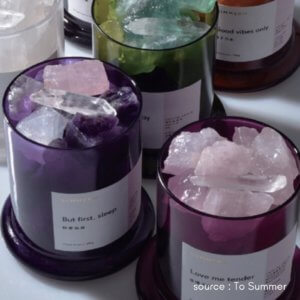
Oriental Aromatherapy
Aromatherapy is a trend to watch for the coming years in Asia as it will surely keep on growing and is in synch with many local aspirations of consumers.

July 4, 2020
“Historically, pandemics have forced humans to break with the past and imagine their world anew,” explains novelist Arundhati Roy in a recent article for the Financial Times.
In the beauty industry, the current pandemic is bringing some necessary change and while it might be challenging to adapt, it already brings to life new ideas, products and initiatives.
Focus on what is essential
With less interaction with others, and working from home being the new norm, women tend to wear less makeup and to turn their interest to health, self care and wellbeing. Brands caught on that desire early on and focused on manufacturing products that were responding to a need. Thus, many followed in the footsteps of LVMH, L’Oréal, Estée Lauder and others, by starting to produce and sell hand sanitizers. US-based clean beauty brand Clark’s Botanicals launched a hand sanitizer that is now the first product you see on the brands website, before its bestselling serums and creams.
Companies have also adapted the messages they are sending and many have created make-up routines to look polished in videoconferences or virtual happy hours, while some others are positioning skincare as a soothing ritual that offers a quick respite from pandemic stresses.
On social media too, where brands can move more quickly, the message was tailored and focused on real life beauty requests, like at-home hair coloring. L’Oréal posted on Instagram one of its brand ambassadors, Eva Longoria, recording on her own smartphone how she does her hair color to cover her gray roots by herself at home.
Communicate live
Being confined home, people spend an enormous amount of time in front of a screen and were avidly looking for ways to entertain themselves while learning and connecting with others. The past few weeks has seen an explosion in live communications, wether it is by FaceTime, Zoom or Instalive, on one-to-one, in groups, with family members or total strangers.
To quench this thirst of connection brands have been creating content in alignement with what people will enjoy, like Lush who is offering “Bath time beats”, an evening chill-out session, that people can do with Lush bath bombs.
Some beauty retailers have been preparing daily content to keep their public engaged, others have been partnering with KOLs to present skincare routines and beauty tutorials, and most have invested in marketing campaigns on short video apps.
Global beauty brands like Lancôme also got on the livestream bandwagon by hosting a live-streamed tutorial with celebrity make-up artist Lisa Eldridge. The session concentrated on products for the under-eye area as well as lip care – whereas it might have been more focused on lipstick prior to the pandemic.
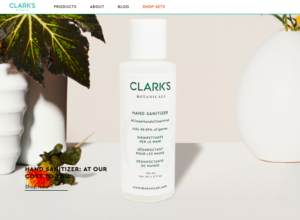
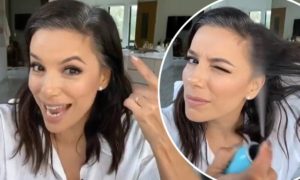
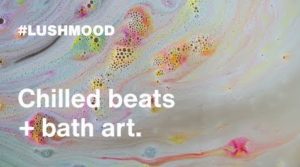
Learn from DNVBs
Being able to adapt quickly is a key in such difficult times and who better than small, adaptable DNVBs can show the way. These companies have been successful mainly because they focus on specific needs (sometimes being mono-product brands) and on personalization rather than mass-production allowing them to adapt to customers feedbacks and social changes.
Even before the pandemic, the one-size fits all view of beauty was being challenged. It is even truer nowadays that individuals are looking to assert their uniqueness and prioritize their well-being over other concerns.
For brands to achieve this, there may be a greater role for contract manufacturers, both to diversify (and thus reduce production risks) and to serve as thought partners in product innovation. There is also potential for closer collaboration—among brands and retailers, in particular—through data sharing and inventory pooling.
Invest in new technologies
Virtual make-up try-on apps have been gaining popularity for many years now, but their use have always been more of a gimmick than a real need. This has been changed completely with the probable long term restriction of product testers in-store. Major brands have the resources to quickly develop their own apps, like Dior who has its own 3Dior Makeup experience, and Bobbi Brown with its the Blippar App, or Maybelline who offers virtual makeovers on its website.
On the operations side, the use of artificial intelligence for testing, discovery, and customization, using big data for instance, will also need to increase as one-on-one and in-store interactions are evolving to adapt to health and safety concerns.
More than making a complete shift, brands have to intensify and focus their efforts on trends that have already been underlying for many years. Customers are asking for a more authentic relationship with brands whether it is with more essential products or a truer, more honest communication. The current pandemic is forcing brands to take these demands into consideration sooner rather than later.

Aromatherapy is a trend to watch for the coming years in Asia as it will surely keep on growing and is in synch with many local aspirations of consumers.
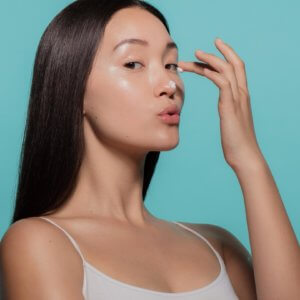
The pandemic and climate crisis have made consumers more aware than ever of the relation between their surroundings and the environment they live in and the overall health of their skin.
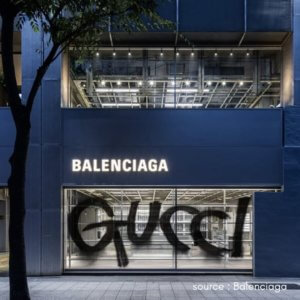
Luxury houses keep on looking for new ways to reinvent themselves and stay attractive in a very competitive industry. Consumers are always expecting new, innovative products or campaign and major brands are very prolific in the area.
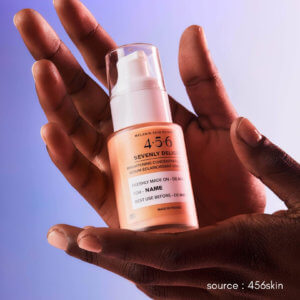
Inclusivity has been a key concern for many people over the last few years. In the beauty industry it has impacted product development but also organizational structures.